IN THE DAYS OF THE FORGES
The machines have fallen silent, of the industrial heritage only a few traces remain with a working-class soul that endures through the walls of the old factories. Abandoned, destroyed and sometimes reborn, such is the fate of these buildings, witnesses to a bygone past that fed the men and women of Nièvre, our home.
Guérigny, City of Royal Forges
A city from the Enlightenment in Nièvre
A heritage wrought in iron, in the footsteps of La Chaussade
When you enter the town, the anchors set the tone, or rather the tonnage, of the industrial weight of this former metallurgical town. Its story forged in iron is intimately linked to one man: Pierre Babaud de La Chaussade (1706-1792). The local territory is a “gold mine”, its land full of ferrous ores, oak forests (*) and streams. Natural resources that led him to develop and exploit forges in Guérigny, bought by his father-in-law. They would become one of the most important factories in the country in the 18th century.
Having adopted Guérigny as his home, he created a true industrial empire with, as his special, exclusive customer, the Navy. Anchors, cannons, cannonballs … the forges were the spearhead of national naval shipbuilding. So much so that, in 1755, they received the honorary title of Royal Forges, although it was still a private enterprise. Pierre Babaud was even given a title! The “young” Baron of Guérigny and Villemenant (**) became very attached to his town and looked after it well. The church was destroyed and rebuilt, workers’ housing was built, and so on. It was the golden age of iron. Then, Babaud grew old. He became a tired man. His business started to crumble. He wanted to sell. It was King Louis XVI himself who would buy it. In 1781, the Royal Forges became state-owned properties. The drop-hammers continued to pound until 1971, when they finally fell silent, having kept the Navy reliably supplied for 200 years.
Was this the end? No, for in 1975, former employees founded the association Les Amis du Vieux Guérigny (Friends of Old Guérigny). Supported by the municipality, they saved the buildings from ruin by creating the Forges and Navy Museum. Babaud is dead, long live Babaud!

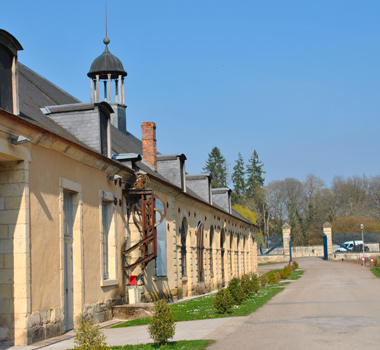
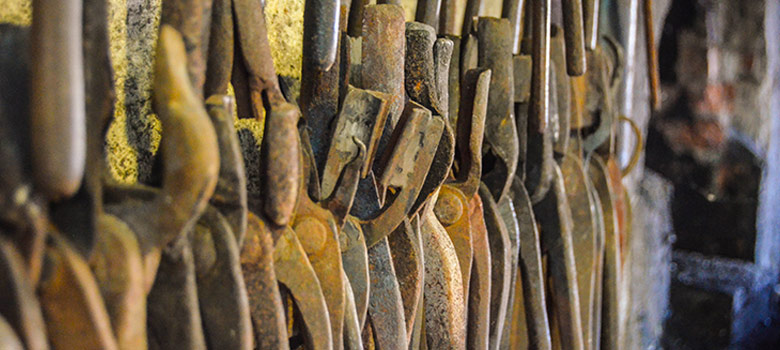
Prémery, an industrial past now erased, but a heritage well worth a look
Industries have changed their score
From the 13th century to the middle of the 19th, a blast furnace and a few forges were the only industrial activity in the village, which owed its prosperity to its major grain markets. The final closure of the forges in 1854 saw the population face a major economic crisis. In 1886, a Belgian family, the Lambiottes, set up a company to carbonise and distil wood. Throughout the plant’s 116-year history, technical and chemical innovations enabled the production of a whole range of wood derivatives: coal, medicines, glues, solvents and even food flavours that would see Prémery become the “European Capital of Wood Chemistry” for a time. The last symbols of the Lambiottes’ activity, the dryers and the continuous vertical furnace built from 1947 to 1971, disappeared from the Prémery landscape in October 2016.
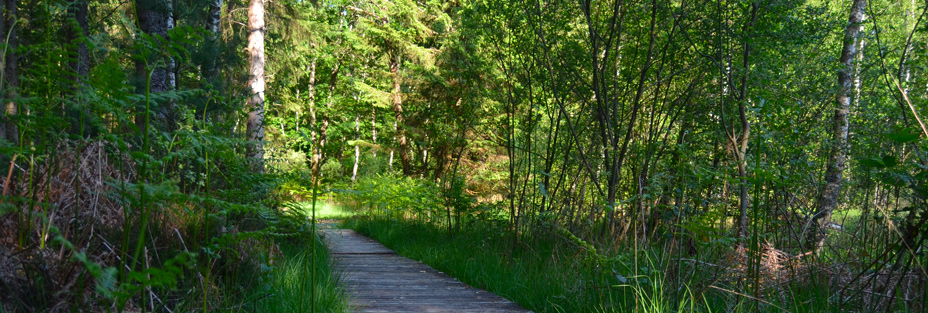
Of course, the industrial page has turned, but the historical heritage is still alive and well! A visit to the Saint-Marcel Collegiate is highly recommended, founded by nine canons in 1196, as well as Château de Prémery and the Old Stoneware Museum, before going on to discover the château of Arthel , the churches of Notre-Dame du Charme, Saint-Bonnot, numerous wells and wash houses…
Afterwards, enjoy a good breath of fresh air in the Mardelles Regional Nature Reserve, where the water has created this unique, fragile bog landscape.
The Forges de La Vache, a land of inspiration
The Forges de La Vache estate is a truly unique place. In Raveau, 5km from La Charité, you’re in the middle of the countryside when suddenly, out of nowhere, on the edge of the Forest of Bertranges, an old steel site appears, fully restored. Founded by the monks of La Charité, the forges flourished thanks to Colbert. Its blast furnace devoured iron ore and charcoal from the Forest of Bertranges. Water from the “La Vache” spring provided hydraulic energy to power it. It backed onto the great ore store – a typical remnant of 18th-century industrial architecture. The cast iron bars were then transported to Bertranges to the Royal Forges in Guérigny, where they were transformed into anchors. The blast furnace ceased working in the mid-19th century. Today, this estate, with its exceptional park, has become a tourist and cultural reception centre, where inspiration sometimes lingers in the shade of its great trees…
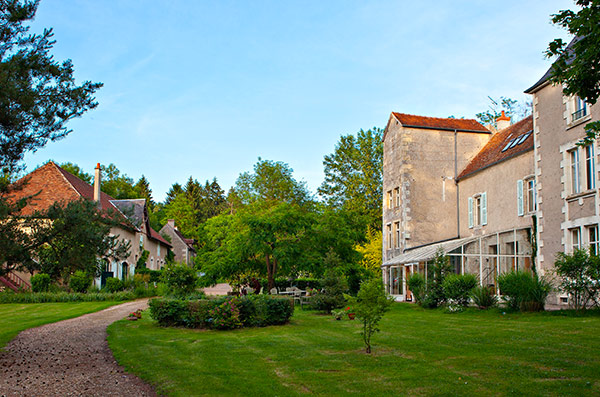
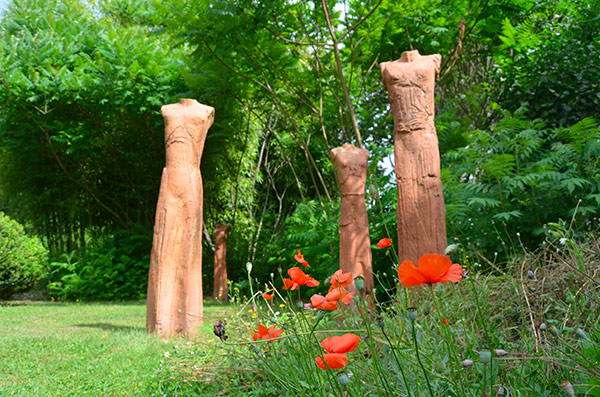
(*) Among the trails laid out, there is one that leads directly to the “Babaud Oak”. This tree with its impressive trunk now lies flat. The decision to fell was taken in 1995: struck several times by lightning, its largest branches threatened to break. But its stump is preserved and maintained. Several year markers have been placed on the tree’s rings, from the early 18th century to the end of the 20th. Yet de la Chaussade didn’t plant this tree: the oak was already about forty years old when it arrived in the region.
(**) Château de Villemenant – owned by the Master of Forges, Babaud de la Chaussade, the Navy’s main supplier of iron and anchors, it supported the growth of Louis XV’s Royal Navy and was attached to the royal estate of Louis XVI in 1781. Its architecture and interior layout have not changed from that time, so it is an authentic witness to the Ancien Régime.
© 2019 Office de tourisme La Charité-sur-Loire, Bertranges, Val de Nièvres
Legal information






